This post may contain affiliate links. If you make a purchase by clicking on these links, I may earn a small commission at no extra cost to you. Read the disclaimer for more information.
This is day 16 of my 24 day trek through the Khumbu region of Nepal -> View all posts for this trek
It was dark and freezing when my alarm went off. I was up at 5am to attempt the toughest part of my trek in the Khumbu region of Nepal. The first light of day was only just appearing somewhere behind the mountains as I started off along the rocky trail, following beside a small stream that had frozen over in the night. The sky slowly began to lighten up as I left Tagnag behind and began climbing up the valley. It was a gentle climb but the air was thin and cold and my face and hands were numb, even with my warm gloves on. I was looking forward to the sun making an appearance. I had to get going this early as I was about to tackle the Cho La Pass, a tough high Himalayan mountain pass which connects the Gokyo valley to the main trail to Everest, and conditions can get treacherous later in the day when the sun begins to melt the ice which holds loose rocks in place.

After a while the narrow valley opened up and I could see a false summit up ahead on a ridge following a small climb. It was barren terrain and the rising sun cast a soft light across a beautiful landscape which unveiled itself more as I climbed. I took my time to reach the top of the ridge and was rewarded with a stunning panorama of snow and ice covered rocky peaks and slopes and a view back down the valley towards Gokyo. When I looked forward, I saw what looked like an impenetrable wall of rock, but the saddle between the two peaks was the Cho La Pass, and I couldn’t see how it was possible to trek it.




The Cho La Pass heads up between these two peaks. A seemingly impenetrable wall of rock.
The altitude gain I had made on that climb was now to be lost somewhat as I trekked down into the valley of a receded glacier. The glacier that was once here has left behind a tough landscape of rocks and boulders behind and it is this that you must trek through to reach the true start of the pass. It was ankle breaking stuff and I had to be very careful with my footing. The constant concentration, extra exertion from jumping between rocks as well as the lack of oxygen from the altitude made for an exhausting combination. It was hard work and it went on for some time.

Eventually I reached the base of the cliff which isn’t quite as sheer as it looked from a distance, and as I looked up at it I could see a couple of lone porters making their way up along the steep rocky slope. I knew that this was going to be hard. I started up a scree slope and then began trying to follow what I thought was the trail. It was hard to see as it is all just rock and scree with patches of snow. One slip could easily be fatal. There was very little room for error.

I took each step very carefully and tried to follow what I thought was the safest path up the slope, slowly zigzagging along the rock. At times I had to use my hands as well to get me up some steep sections and my trekking poles were more of a hindrance than an aid. I was well above 5000 metres and I had to stop often to catch my breath. The altitude didn’t help the already difficult climb and it was truly exhausting. It was a game of the mind as much as the body and I had to tell myself that my only choice was to get to the top, and so that’s where I had to go. There was no going back.

I trudged on, nearly losing my footing on several occasions. My rest stops were rewarded by stunning views down the valley. It is a harsh, unforgiving, but incredibly beautiful place. I was simply exhausted as I stumbled up to the narrow top of the pass, where I had to just stay still for a moment to catch my breath and recover before I could take in what I had just done. I was now standing at 5430 metres above sea level, the highest I had been on the trek so far and had just conquered the toughest climb of this trek. The sky was perfectly clear and the weather lovely, and the views from the pass were like nothing I had seen before. Looking back from where I had come, the valley stretched out before me with huge mountains looming in the distance. On the other side, looking forward, I looked down onto a snow covered glacier which flows down a narrow valley with sheer cliffs on each side. I could hardly believe that I was here.



I still had a long way to go to make it down the other side of the pass, and the glacier that I was looking at was my path down. I began with a steep descent down the rocky slope to the glacier itself, where I had to try and stay upright on the compact snow. It would have been good to have crampons but I would have to make do with just my hiking boots and trekking poles. I followed the trail along, staying upright as best I could. I made slow progress but in the end I only slipped over twice, landing safely on the snow. Eventually the snow and ice came to an end and I was walking on rock again, which led me to a cliff with wonderful views down into the valley below. Taboche and Cholatse, which I had almost circled now, rose straight up on my right, while Lobuche rose up on my left. Before me, across the valley, was Ama Dablam, looking very different from this angle.


Looking back to the top of the Cho La Pass from the glacier. It was an interesting climb down that cliff.

The slippery trail down the other side of the Cho La Pass




Still a long way down. Ama Dablam in the distance.
After eating my packed lunch I made the steep descent down into the valley. It was hard on the knees and I was tired from the early start and the exertion from crossing the pass. My knees were grateful for the flat ground when I reached the valley floor and I followed a stream along further down the valley. I headed over a crest and finally saw my destination ahead. I trudged on into Dzongla over eight hours after leaving Tagnag.

The way down is hard on the knees and a little hair raising.

Looking back to the Cho La Pass on the way to Dzongla. I did it!
It was a tough but rewarding day with some of the best scenery on the trail. Another big part of my trek was over, and now there was only one more thing to do. It was time to head to Everest.


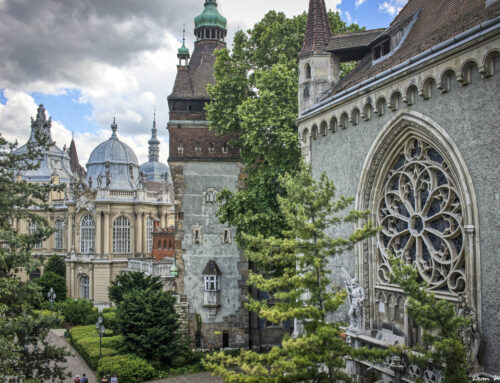
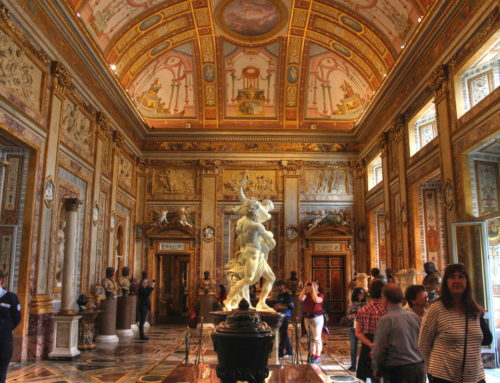
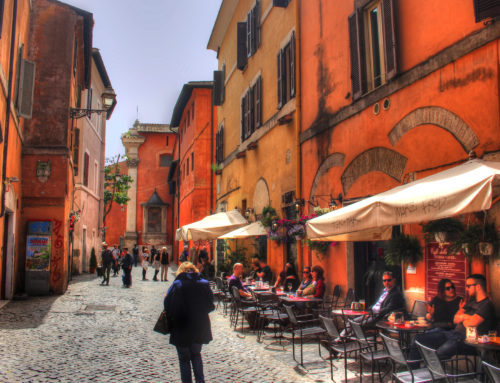
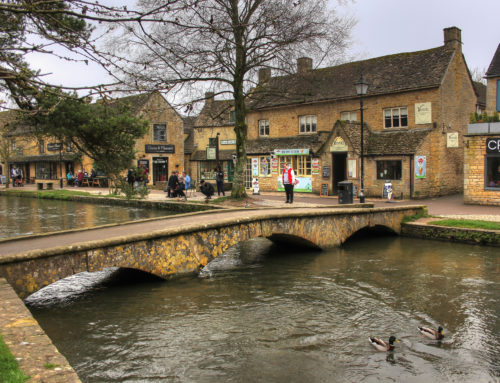
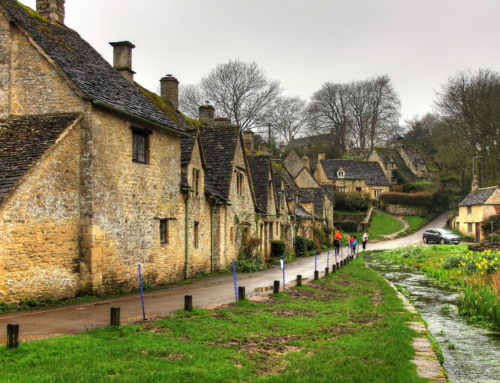
I really love the pictures of your trek destinations, all of them are wonderfully beautiful!
Thank you Rosemarie
Oh, wow. So jealous. What a beautiful landscape.